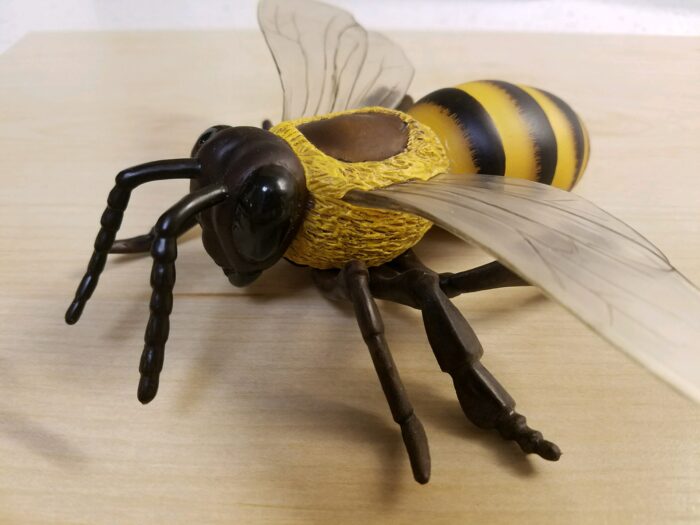Walk around of the honey bee, Apis mellifera Linnaeus, 1758 by Safari LTD for their Incredible Creatures line, originally released in 2006. What is surprising about this figure is that it is the ONLY insect to ever be released in the Incredible Creatures line, and it would be the only terrestrial arthropod if not for the recent sinking of the old Hidden Kingdom line into the IC line (of course, the only remaining figures in that line are the monarch, black widow, orange-kneed tarantula, and revamped scorpion).
Brand: Incredible Creatures
Green Anaconda (Incredible Creatures by Safari Ltd.)

The green anaconda (Eunectes murinus) is the heaviest species of snake in the world, and one of the longest. It is also one of the most familiar and feared species of snake. In capturing the human imagination the anaconda has become the subject of pulpy adventure novels, and B grade monster movies that have perpetuated many tall tales about its maximum size and potential man-eating abilities.
Crested Gecko (Incredible Creatures by Safari Ltd.)
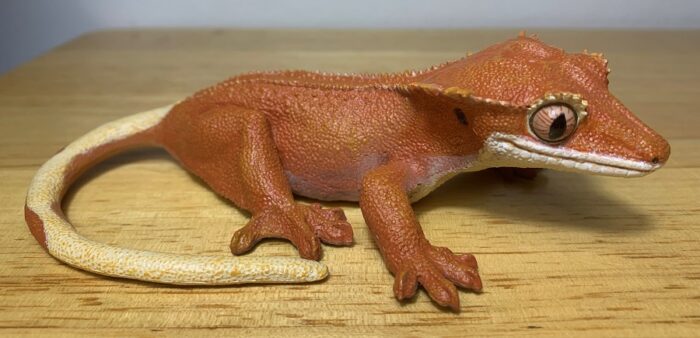
The Safari crested gecko (Correlophus ciliatus) is new for 2022 and part of their Incredible Creatures line. It’s a fitting addition too. The crested gecko is only found on the island country of New Caledonia. Specifically, on the southern portion of the island of Grand Terre and on Isle of Pines.
Bullock’s Nudibranch (Incredible Creatures by Safari Ltd.)
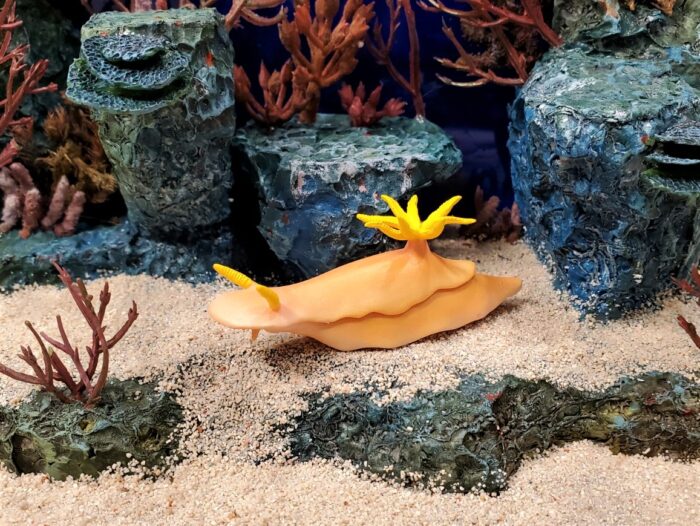
Bullock’s nudibranch (Hypselodoris bullockii) is a colorful and familiar sea slug from the Indo-Pacific region. They are benthic in nature and are often associated with coral reefs. It turns out, many historical records of H. bullockii are incorrect, due to morphologic confusion with other species in the bullockii-complex.
Groundhog (Incredible Creatures by Safari Ltd.)
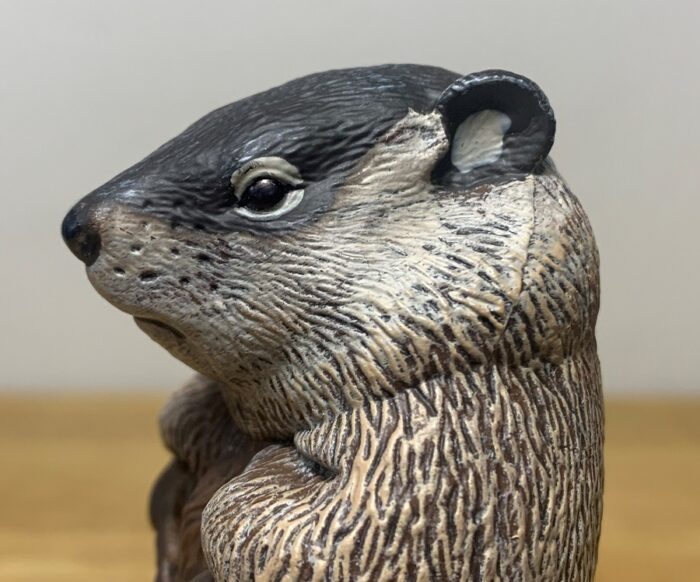
“Hear Ye! Hear Ye! Hear Ye!“
“Now, this second day of February, Punxsutawney Phil, the Seer of Seers, Prognosticator of all Prognosticators, was awakened from his burrow. In Groundhogese, Phil directed the Inner Circle to his Predictive Scroll.”
And thus begins the Groundhog Day ceremony (roughly) as it has begun each year in Punxsutawney, Pennsylvania at Gobbler’s Knob since 1886.
Chain Kingsnake (Incredible Creatures by Safari Ltd.)
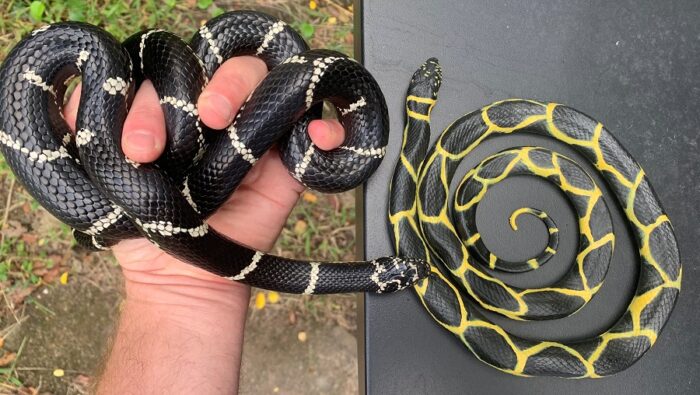
Continuing onwards with our look at creepy creatures all through October, I present to you… a snake. Snakes as a group are among the most feared and misunderstood creatures on the planet, two adjectives that often go hand-in-hand. As such, snakes are synonymous with Halloween and an obvious choice for review during spooky season.
Jellyfish (Incredible Creatures by Safari Ltd.)
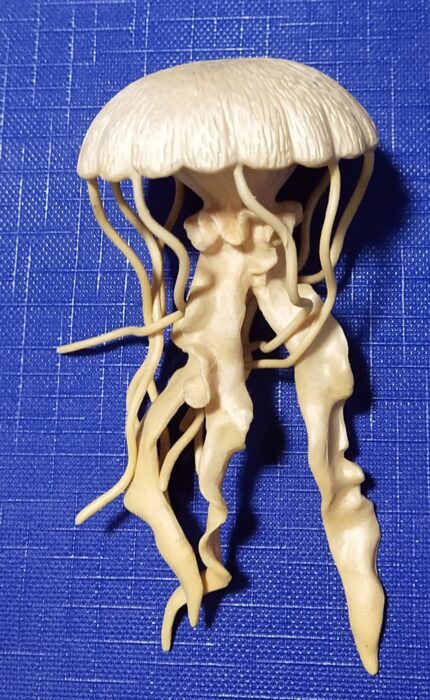
Review and images by JimoAi; edited by bmathison1972
Jellyfish, along with sponges, are among the oldest living creatures on earth. They have been traced all the way back to the Cambrian period, dating back over 500 million years ago. Jellyfish are part of the phylum Cnidaria and are closest related to corals and anemones.
Maine Lobster (Incredible Creatures by Safari Ltd.)

Review and images by Suspsy; edited by bmathison1972
Homarus americanus, better known as the American, Canadian, Atlantic, Maine, or northern lobster, is both the heaviest crustacean and the heaviest of all extant arthropods. Old individuals regularly average around 20 lbs and the record holder, caught off the coast of Nova Scotia in 1977, weighed a staggering 44 lbs, which is heavier than my four year old son!
Sally Lightfoot Crab (Incredible Creatures by Safari Ltd.)
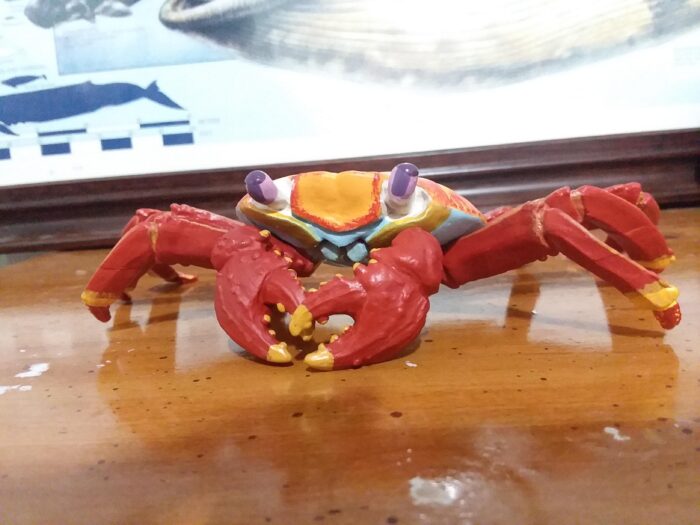
Atlantic Goliath Grouper (Incredible Creatures by Safari Ltd.)

The Atlantic goliath grouper (Epinephelus itajara) is appropriately named, this fish is an absolute brute, a monster, a behemoth. It’s the kind of fish that looks bigger than it rightfully should be. We expect large sizes from sharks, tuna, and billfishes but this fish has a very conventional “fishy” body plan, like you would see in smaller perches, cichlids, or basses, only it is blown up to absurd proportions.
American Bullfrog (Incredible Creatures by Safari Ltd.)
Reef Squid (Incredible Creatures by Safari Ltd.)

The reef squid, also known as the Caribbean reef squid (Sepioteuthis sepioidea) is a small member of the Loliginidae (pencil squid) family. At first, it might seem like a somewhat random addition to Safari’s Incredible Creatures line, just one out of over 300 squid species and with nothing particularly remarkable about it.

